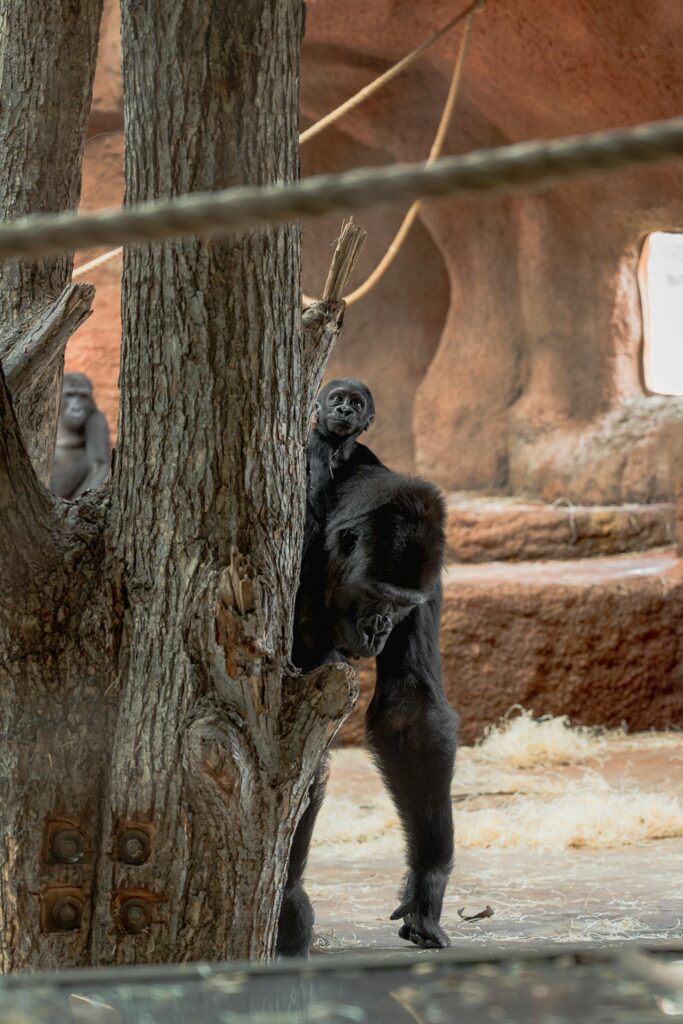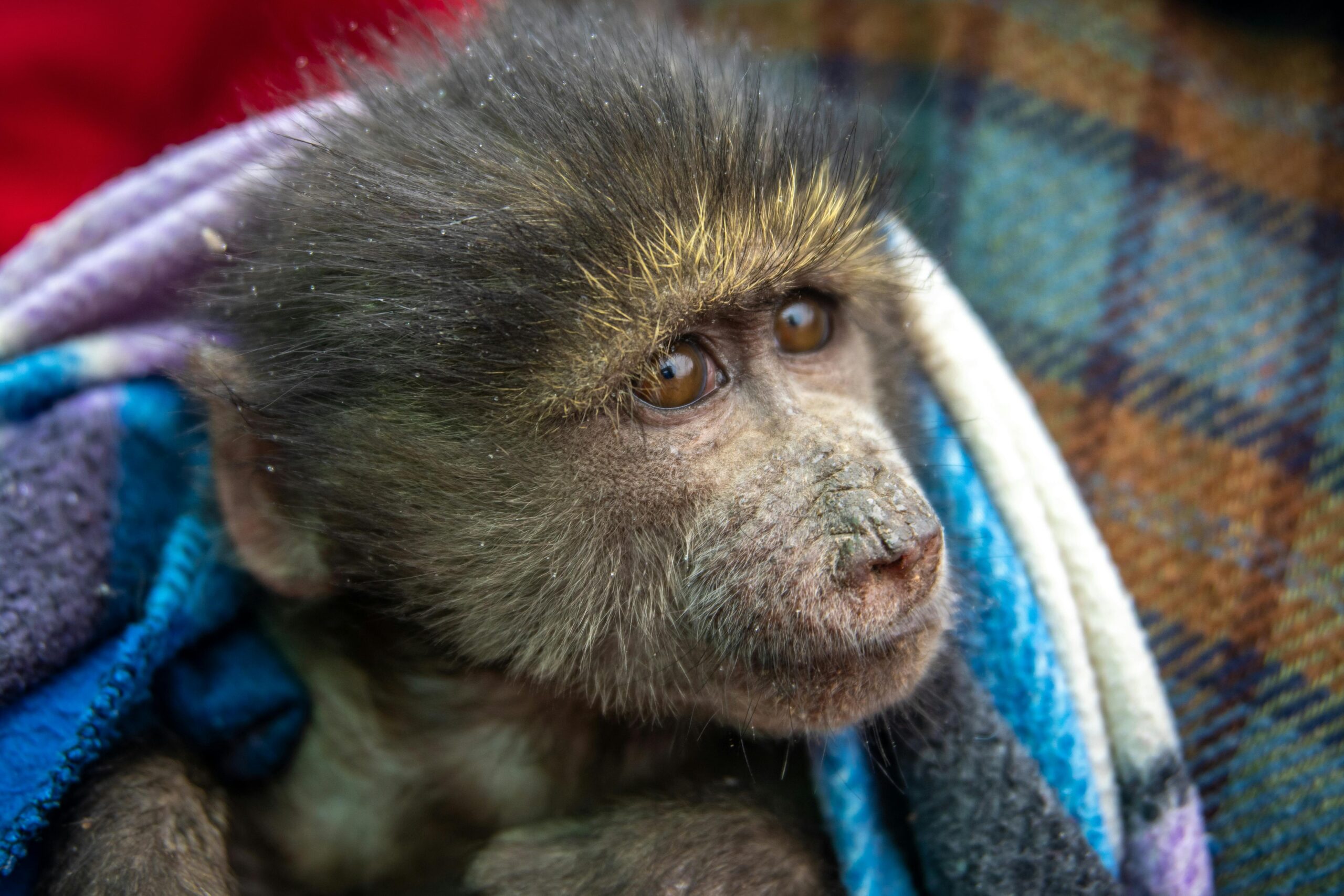Recent scientific investigations into bonobo communication have revealed a remarkable level of sophistication that challenges our understanding of language evolution. Researchers are now uncovering evidence suggesting that bonobos, one of our closest primate relatives, use an intricate blend of gestures, vocalizations, and facial expressions that hint at proto-language abilities. This comprehensive exploration delves into the latest findings, examines how bonobos communicate, and discusses what these discoveries mean for the broader field of linguistics and cognitive science.

A New Perspective on Primate Communication
For decades, studies of non-human primates focused on simple call-and-response patterns. However, emerging research now paints a more complex picture of bonobo communication. These primates display:
- Gesture Combinations: Bonobos often combine hand signals, body postures, and facial expressions to convey nuanced messages. Researchers have documented instances where the order and combination of gestures alter the meaning—much like syntax in human language.
- Context-Dependent Vocalizations: Their vocal signals, which range from soft coos to sharp calls, are influenced by social context. Bonobos adjust the tone, volume, and rhythm based on the situation, suggesting a form of intentionality.
- Emotional Expression: Beyond practical communication, bonobos use expressive facial cues to share emotions. This non-verbal aspect of their interaction is crucial for maintaining social bonds in their complex communities.
Recent Breakthroughs and Expanded Insights
The New York Times article highlighted key findings about bonobo language-like behaviors. Building on those insights, additional research has illuminated several new dimensions:
- Cognitive Underpinnings: Advanced neuroimaging techniques have started to map brain activity in bonobos during communication tasks. These studies suggest that bonobos may engage similar neural circuits used in human language processing, hinting at evolutionary continuity.
- Symbolic Representation: Some bonobos have been observed using objects symbolically. For example, certain items might be repeatedly used to represent food or a specific social call, laying the groundwork for a primitive form of symbolic language.
- Social Learning and Innovation: Longitudinal studies show that bonobo communities develop unique “dialects” of gestures and sounds that vary by group. These dialects evolve over time, demonstrating social learning and cultural transmission.
- Comparative Analysis: When compared to chimpanzees, bonobos display a more affiliative communication style. Their emphasis on prosocial signals—such as play invitations or reconciliation gestures—may offer clues about the evolution of cooperative communication in early hominins.
Implications for Language Evolution and Human Cognition
The advanced communicative abilities of bonobos not only enrich our understanding of primate behavior but also have profound implications for how language might have evolved in humans:
- Bridging the Communication Gap: The blend of gestures, vocalizations, and symbolic behavior in bonobos suggests that the roots of human language could have developed from multi-modal communication systems.
- Cultural Transmission: The existence of group-specific “dialects” implies that language is not solely a biological trait but also a cultural phenomenon, shaped by social interactions and community dynamics.
- Neural Parallels: Discovering similarities in brain activation patterns between bonobos and humans supports the theory that language evolution involved gradual adaptations of pre-existing cognitive and neural mechanisms.

Future Directions in Primate Linguistics Research
Ongoing research aims to deepen our understanding by:
- Integrating Technological Innovations: Researchers are using machine learning to decode complex gesture sequences and predict their meanings in bonobo interactions.
- Long-Term Behavioral Studies: Extended observations across different bonobo populations will help map how communication evolves in various social and environmental contexts.
- Interdisciplinary Collaboration: Combining insights from neuroscience, linguistics, anthropology, and evolutionary biology promises to build a more comprehensive framework for understanding language origins.
Frequently Asked Questions (FAQs)
Q1: What makes bonobo communication unique compared to other primates?
A: Bonobos use a sophisticated mix of gestures, vocalizations, and facial expressions that change in combination and context, suggesting elements of syntax and symbolic representation. Their affiliative, prosocial communication style further distinguishes them from other primates like chimpanzees.
Q2: How do bonobos use gestures to convey meaning?
A: Bonobos combine different gestures in specific sequences, much like words in a sentence, where the order and context can change the overall message. This indicates that they may be using a primitive form of syntax.
Q3: Are there any neural similarities between bonobos and humans in language processing?
A: Yes, recent neuroimaging studies have shown that bonobos engage brain regions similar to those used by humans during language tasks, suggesting evolutionary parallels in communication processing.
Q4: What role does symbolic representation play in bonobo communication?
A: Some bonobos use objects or specific signals as symbols to represent concepts like food or social interactions. This behavior indicates early steps towards symbolic language, a key component of human communication.
Q5: How does the communication of bonobos contribute to our understanding of language evolution?
A: By studying bonobo communication, scientists can gain insights into how multi-modal communication systems might have evolved into complex human language, highlighting the role of both biological mechanisms and cultural influences.
Q6: What future research directions are being pursued in this field?
A: Future research will focus on long-term behavioral studies, the use of machine learning to decode complex communication patterns, and interdisciplinary collaborations that combine neuroscience, linguistics, and anthropology to further unravel the origins of language.

The evolving narrative of bonobo communication offers a window into the early building blocks of language. As researchers continue to uncover the layers of complexity in these primate interactions, our understanding of both primate behavior and human language evolution is bound to deepen, shedding light on one of nature’s most captivating mysteries.
Sources The New York Times


